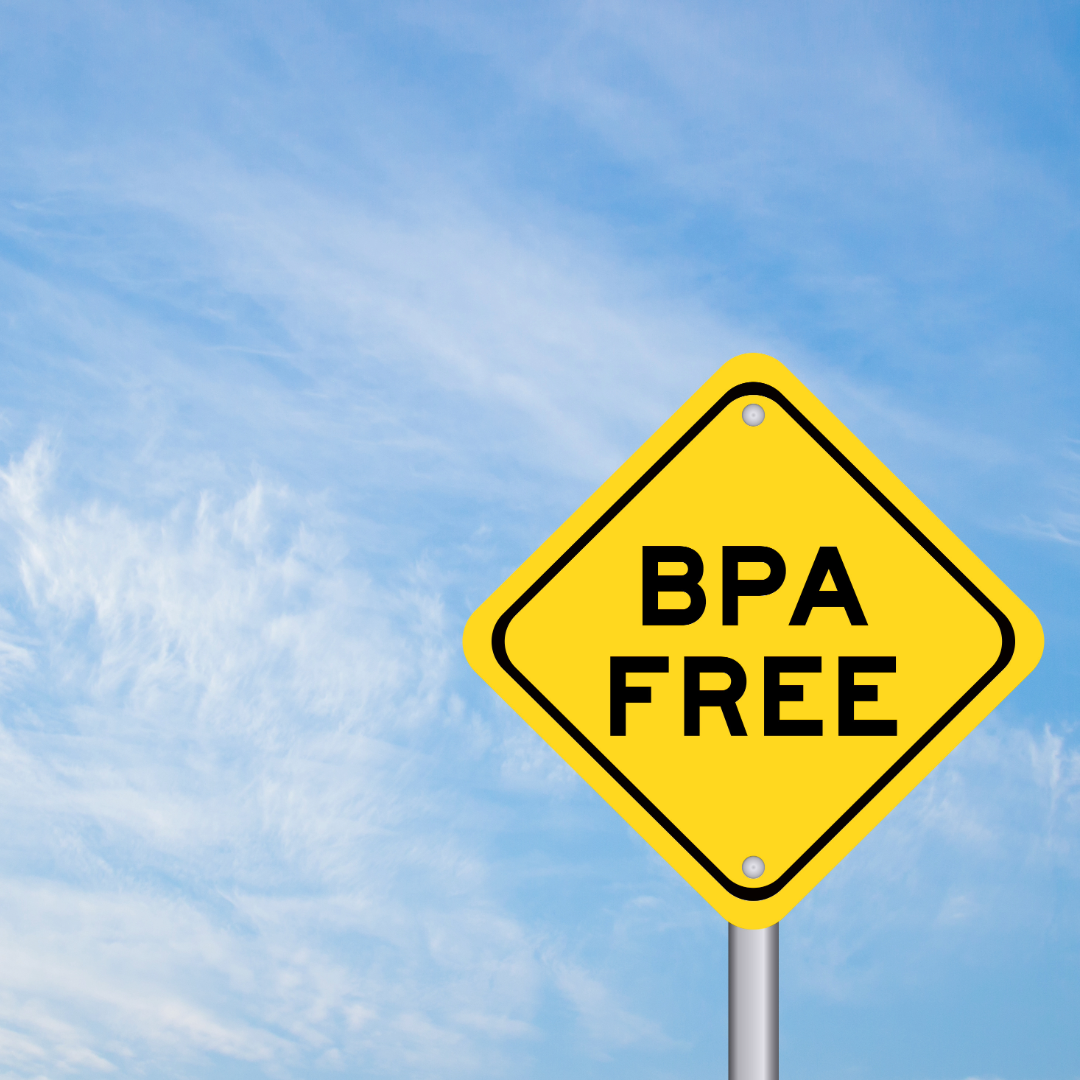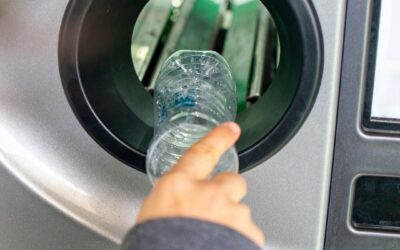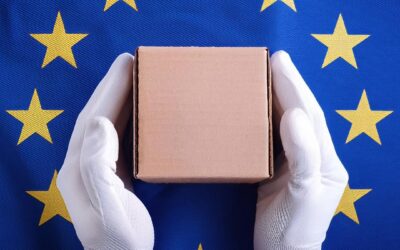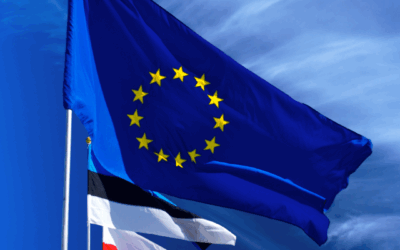BPA ban in the EU: What’s behind the decision?

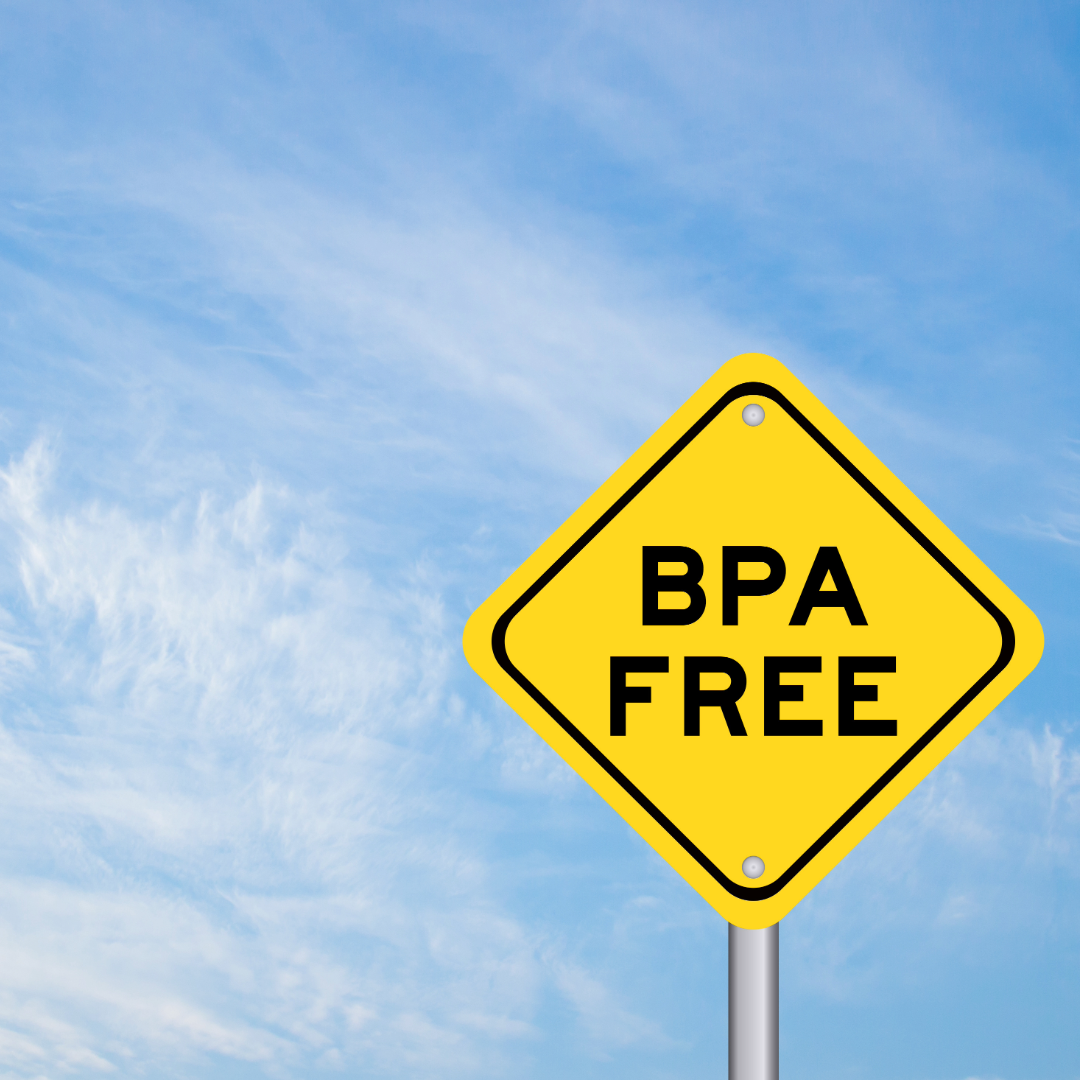
Plastic bottles are part of everyday life for many people, whether on the go, at the office, or during sports. In recent years, the materials used to make these bottles have come under increasing scrutiny, especially due to EU-level regulations. Consumers are paying more attention to which chemical substances may be present in their bottles. One of the most well-known and controversial substances is bisphenol A (BPA). BPA is often incorrectly referred to as a plasticizer. It has been heavily criticized for years because of its hormone-like effects and potential health risks, not only in plastic bottles.
In this article, we take a closer look at BPA in the food industry, explain why it is problematic, review the relevant legal regulations, and provide guidance on how consumers can shop BPA-free.
BPA vs. plasticizers: What is the difference?
Bisphenol A and plasticizers are often confused. Strictly speaking, BPA is not a plasticizer. They belong to different groups of substances.
Although both are used in plastic production, they serve different purposes. Their effects on the properties of plastics differ significantly:
- BPA – is used to produce hard, rigid plastics such as polycarbonate and epoxy resins. It makes plastic products strong, shatterproof, and transparent. These plastics are used to make items such as drinking bottles, food containers, and the linings of canned foods.
- Plasticizers – are typically added during the production of PVC. They do not strengthen plastic but instead make it soft and flexible. That is why plasticizers are generally not used in common bottles, but are found in items such as cables, films, flooring, toys, and various rubber products.
Health risks of BPA and plasticizers
The confusion between BPA and plasticizers likely arises because both are suspected of having hormone-like effects and may pose health risks. As a result, both groups of substances are now heavily regulated or banned in sensitive product categories such as food packaging and baby products in the EU.
There is growing emphasis on safer alternatives. Consumers are more aware of the issue and look for labels such as “BPA-free” or “no plasticizers” when buying drinking bottles.
BPA ban: What's allowed, what's banned?
The European Union has implemented a ban on BPA in specific products to protect infants, children, and consumers. One of the earliest and most recognized steps was the 2011 ban on BPA in baby bottles. Since then, restrictions have expanded to many other product categories.
Timeline: BPA legislation in the EU
After years of scientific evaluation and political debate, the EU adopted a comprehensive ban on BPA in materials that come into contact with food. The law came into effect in January 2025. It includes transition periods and narrowly defined exemptions to help industry and consumers adapt.
Key milestones:
- April 2023 – The European Food Safety Authority (EFSA) publishes a new assessment of BPA.
The conclusion is that the exposure levels previously considered safe actually pose risks to all age groups, especially to the immune, reproductive, and endocrine systems. - February 2024 – On February 9, the European Commission proposes a regulation to ban BPA in food contact materials. A four-week public consultation follows.
- June 2024 – On June 12, EU member states endorse the Commission’s proposal to ban BPA in food contact materials. This includes packaging, reusable plastic drinking bottles, and other products.
- July 2024 – EU member states officially approve Regulation (EU) 2024/3190, which establishes the BPA ban.
- End of 2024 – EU member states officially approve Regulation (EU) 2024/3190, which establishes the BPA ban.
- January 20, 2025 – The BPA ban takes full effect. The use and sale of BPA, its salts, and other bisphenols in food contact materials is prohibited throughout the EU.
Materials affected include adhesives, rubbers, ion exchange resins, plastics, printing inks, silicones, varnishes, and coatings.
Particularly impacted are packaging and consumer goods such as reusable plastic beverage bottles.
What can consumers do?
Even after the BPA ban has taken effect, products containing BPA may still be available due to the transition period. Items manufactured before the regulation came into force can still be sold during this time.
Consumers can reduce their exposure to BPA by following these tips:
- Use glass as an alternative: Many canned foods are also available in glass jars, which are BPA-free and easily recyclable. The same goes for drinking bottles.
- Look for “BPA-free” labels: Many manufacturers already offer BPA-free alternatives and label them clearly.
- Avoid plastic for hot foods: For hot, greasy, or acidic foods, it is better to use containers made of glass, stainless steel, or ceramic rather than plastic.
- Check recycling codes: Recycling codes like 01-PET, 02-HDPE, 04-LDPE, and 05-PP are generally BPA-free. Codes like 03-PVC, 06-PS, or 07-Other may contain BPA.
These simple steps can help reduce your BPA exposure and minimize potential health risks.
Conclusion and outlook on the BPA ban
The BPA ban is an important measure for consumer protection. Due to the transition period, it may take some time before the ban is fully implemented. Still, it demonstrates how regulation can contribute to public health and the importance of adjusting legislation in line with scientific findings.
Handling hormone-disrupting substances requires continued vigilance, transparency, and responsible action from industry, policymakers, and consumers alike.
FAQ - Frequently asked quetions
Are plasticizers found in PET bottles?
No. PET bottles do not contain plasticizers. PET is naturally rigid and doesn’t require softeners, its firmness is actually desired in bottle manufacturing.
Which cans are BPA-free?
As of January 20, 2025, no new cans with BPA-based coatings may be produced or sold in the EU. However, due to a transition period, BPA-coated cans may still be available for a while. Until then, glass jars are a good alternative, and “BPA-free” labels help guide purchases.
Is polypropylene always BPA-free?
Yes. Polypropylene (PP) is inherently BPA-free. BPA is used to make polycarbonate, epoxy resins, and some polyesters, but not polypropylene.

LIZENZERO.EU makes packaging compliance in Europe very easy.
Do you ship your products to different countries in the EU? Many different legal requirements and obligations can make the whole thing quite complicated – but don’t worry, we’ll do it for you. How do we do it? With our licensing service, we take over all obligations for you by power of attorney. Sounds good? We’ll be happy to advise you.
For shipping to Germany, you can easily fulfill your packaging obligations yourself via Lizenzero.de.
Deposit systems in the EU explained
Deposit systems show that simple solutions help to keep packaging in circulation and increase recycling rates. However, there are major differences within the EU: while countries such as Germany, Sweden and Finland have been using deposits for years and achieving high return rates, other Member States are still in the early stages.
Mandatory from 2026: The EU Authorised Representative for Packaging explained
Europe is an attractive but regulatory complex market. One of the more complex requirements is the appointment of an authorised representative (AR). The AR is the central interface between the manufacturer and the European market surveillance authorities. The authorised representative plays an important role in product safety and extended producer responsibility (EPR) and is therefore becoming increasingly important to ensure access to the market.
Authorised Representatives in Europe: Which ones are there and what do you need them for?
Europe is an attractive but regulatory complex market. One of the more complex requirements is the appointment of an authorised representative (AR). The AR is the central interface between the manufacturer and the European market surveillance authorities. The authorised representative plays an important role in product safety and extended producer responsibility (EPR) and is therefore becoming increasingly important to ensure access to the market.

